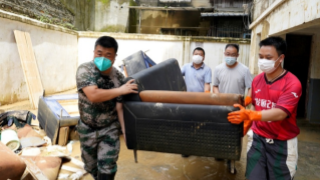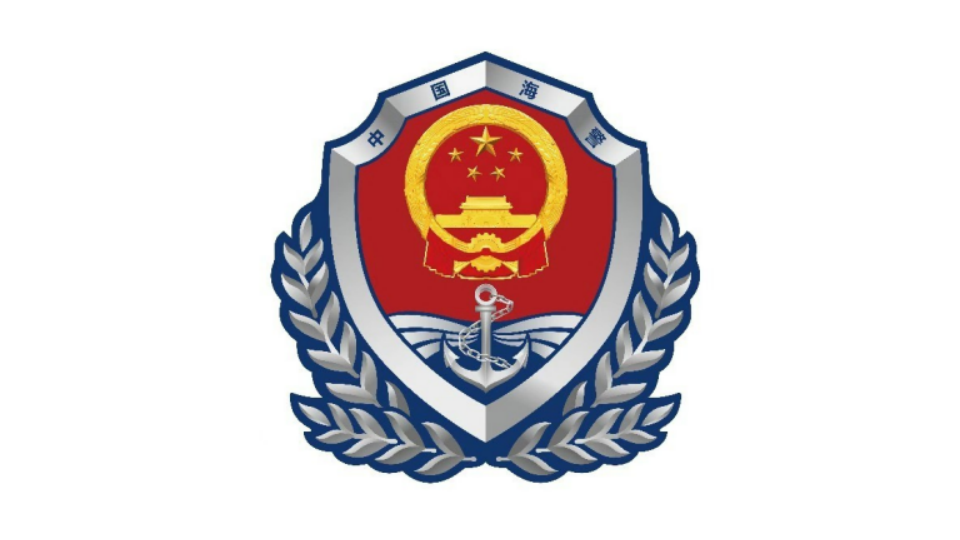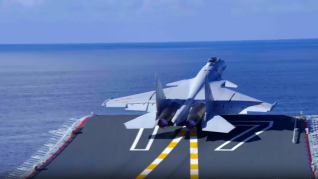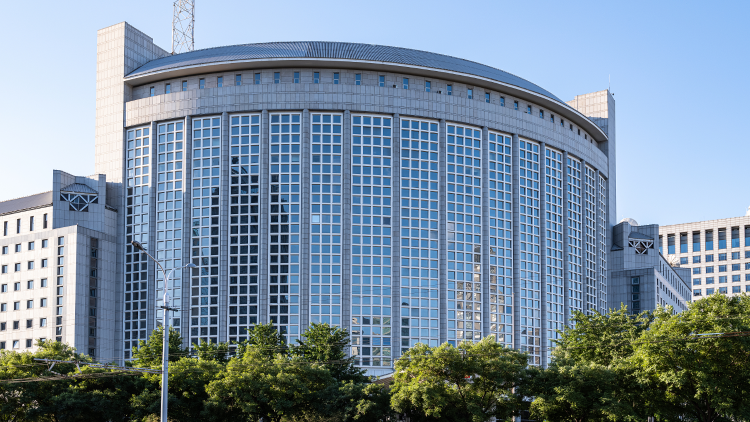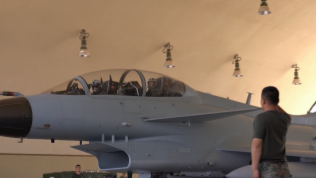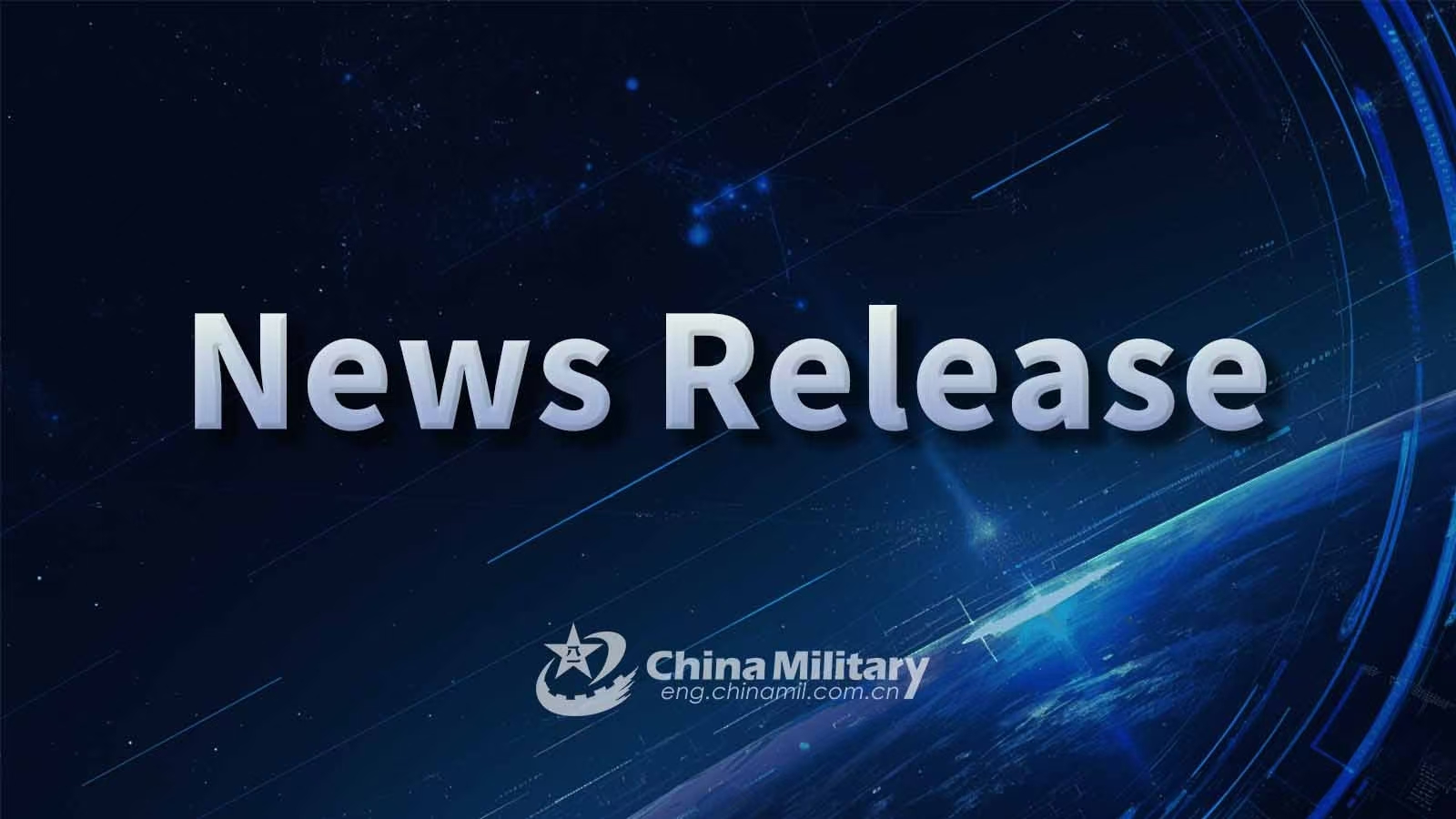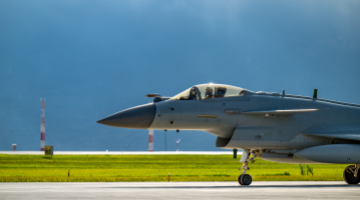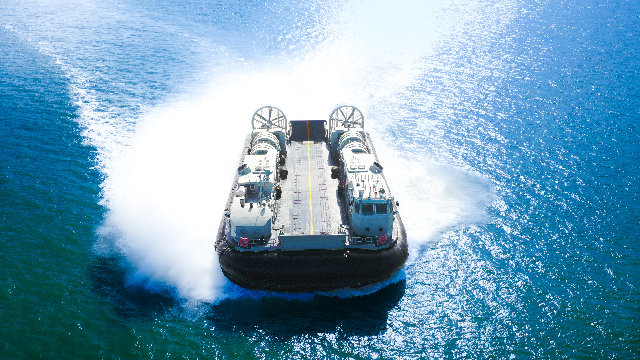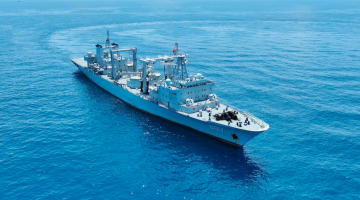By Wang Yukun and Gao Kai
Recently, US Secretary of Defense Lloyd Austin visited countries in the Asia-Pacific region including the Philippines, Australia, and Fiji. During his visit, Austin attended events such as the US-Japan-Australia Trilateral Defense Ministers' Meeting and the ASEAN Defense Ministers' Meeting Plus (ADMM-Plus). He also met with leaders and defense ministers from several countries in the region. Austin's actions during this visit reflect the US' intention to get involved in regional affairs and strengthen its military dominance.
During his visit to the Philippines, Austin signed a General Security of Military Information Agreement with Philippine Defense Secretary Gilberto Teodoro. This military intelligence-sharing agreement was reached after two years of highly detailed negotiations. The Philippine Department of National Defense said that it is a critical step in enhancing information sharing and deepening military cooperation between the US and the Philippines and "open opportunities to pursue similar agreements with like-minded nations."
Austin and Teodoro also participated in a groundbreaking ceremony for a Combined Coordination Center at Camp Aguinaldo in Manila. Austin said that the center would enhance interoperability between the armed forces of the two countries and strengthen their ability to respond to crises collaboratively. Additionally, Austin observed a technical demonstration of the Philippine Navy's T-12 Unmanned Surface Vessel. According to the Philippine side, this vessel will perform combat, intelligence and reconnaissance tasks, and enhance maritime situational awareness in the region.
During his visit to Australia, Austin attended the 14th US-Japan-Australia Trilateral Defense Ministers' Meeting. He outlined steps to strengthen intelligence, surveillance, and reconnaissance cooperation in the Indo-Pacific after the meeting. These include Australia's participation in Japan-US military collaborations and Japan's involvement in Australia-US military exercises. Starting in 2025, the Talisman Sabre exercise, which used to be the US-Australia bilateral drill, will become trilateral, with the Amphibious Rapid Deployment Brigade of the Japan Ground Self-Defense Force (JGSDF) participating alongside US and Australian marine corps. The US, Japan, and Australia also plan to expand the scale and scope of existing trilateral exercises, such as broadening the content of the Southern Jackaroo trilateral drill.
Austin released the first-ever US Department of Defense Vision Statement for a Prosperous and Secure Southeast Asia at ADMM-Plus. Austin pledged to promote practical cooperation with ASEAN nations and enhance capabilities in air, cyber, and maritime domains. Austin also announced that the second ASEAN-US Maritime Exercise would be held in 2025 to strengthen collaboration with ASEAN countries. It can be seen that the mini-multilateral security cooperation mechanism represented by the trilateral strategic dialogue between the US, Japan and Australia as well as the Quad between the US, Japan, Australia and India is becoming the main way for the US to interfere in regional affairs.
The final stop of Austin's Asia-Pacific tour was Fiji and this is the first visit by a US Secretary of Defense in history. The US announced that it has begun negotiations with Fiji on a Status of Forces Agreement, which would allow US troops to be stationed in Fiji under the pretext of defending South Pacific island nations and carry out regular training. The US also signed an Acquisition and Cross-Servicing Agreement with Fiji to further strengthen logistical cooperation. In addition, the US has pledged USD 4.9 million in security assistance to support Fiji's military modernization through arms sales and other means.
In recent years, the US has signed military base agreements with allies such as the Philippines and Australia to achieve dispersed deployments. The US' so-called efforts to maintain regional security are, in fact, attempts to pull others in to create a united posture of deterrence. While the Biden administration will step down in January 2025, Austin has made many new diplomatic and military moves in his last trip to the Asia-Pacific during his term, which will bring more uncertainties to regional security.





